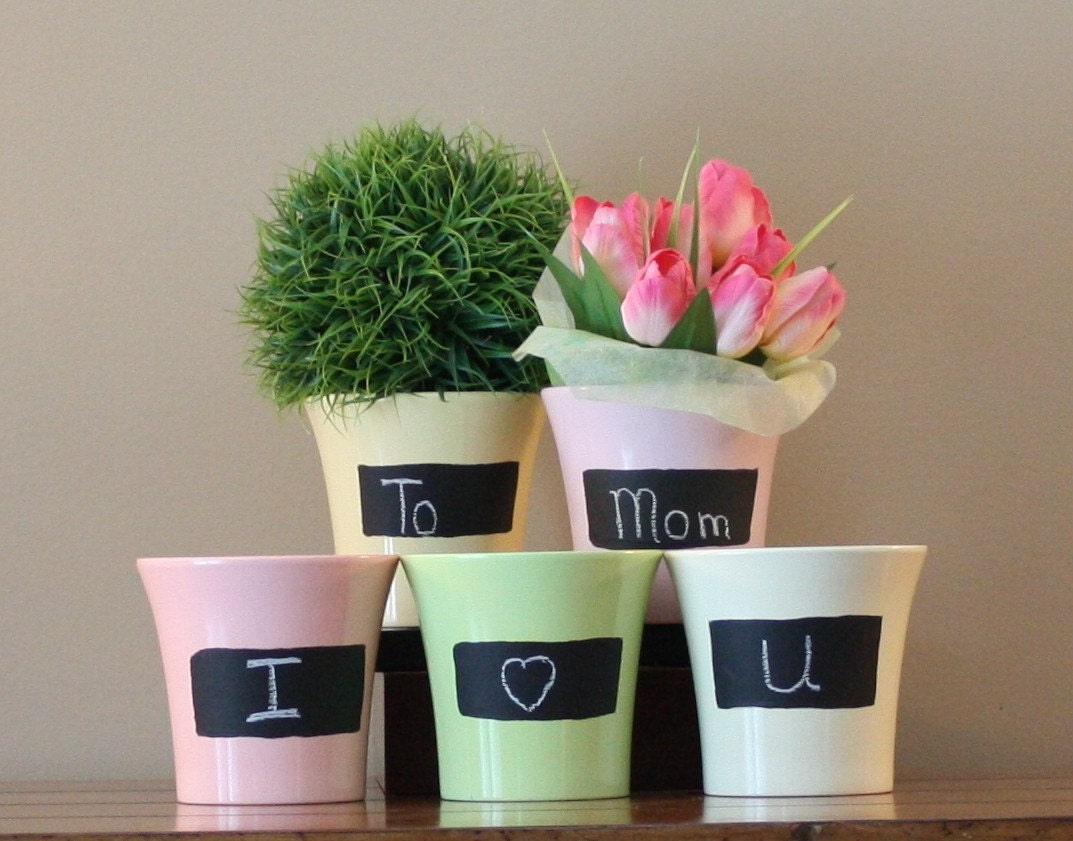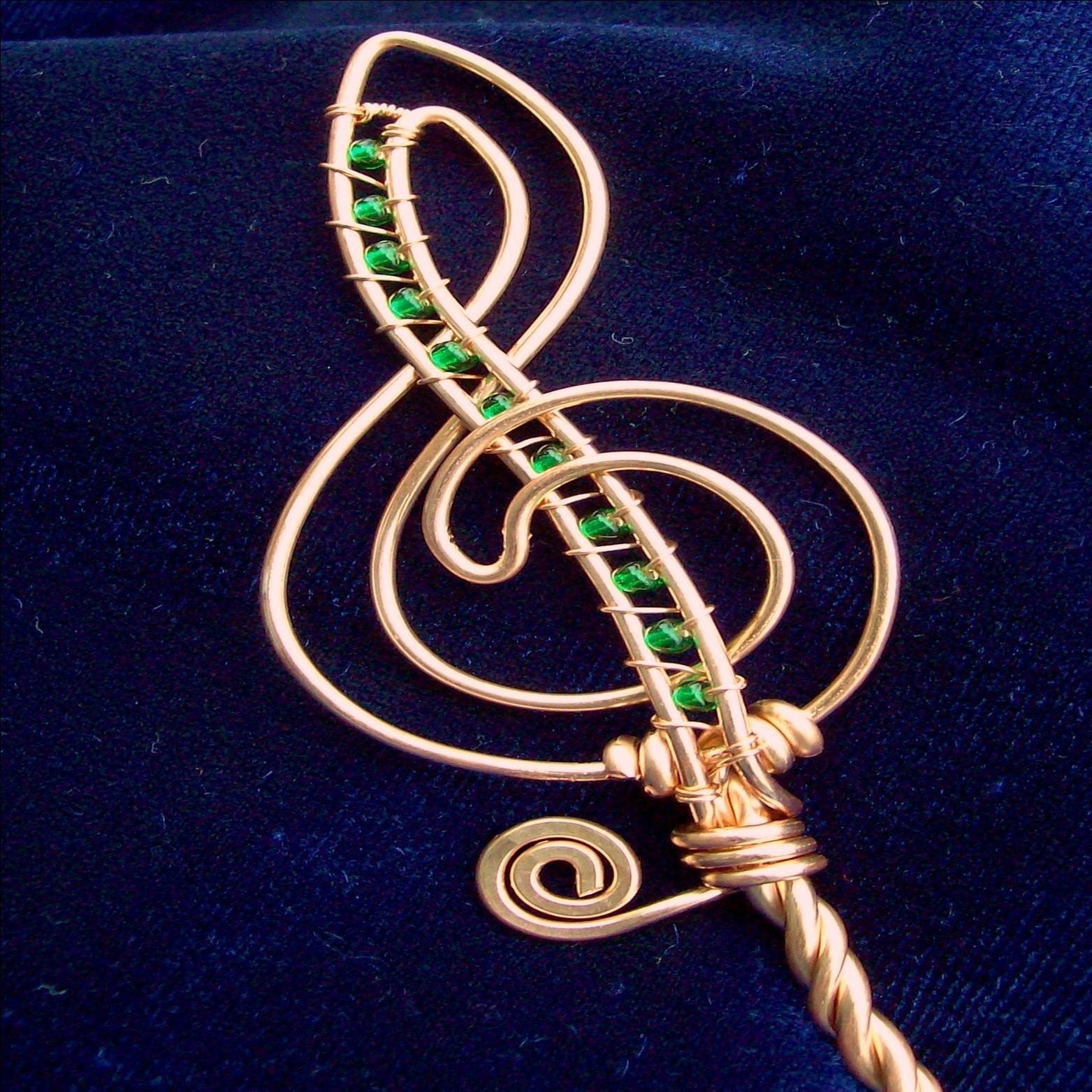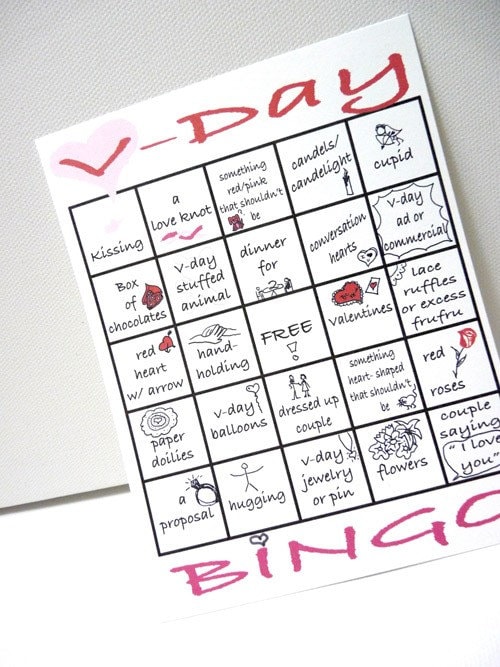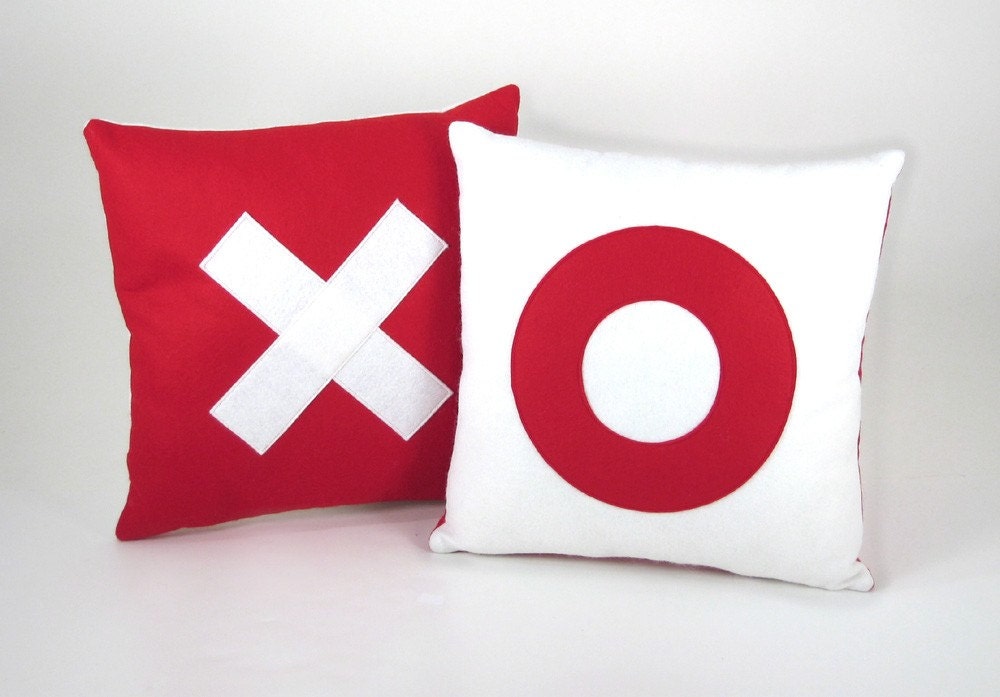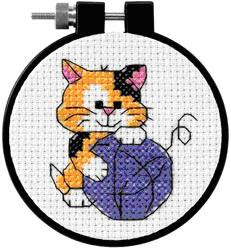Weave Style
Most beginner projects are done on even weave fabric called Aida. This fabric comes with nice, neat squares that make it very convenient to match up with the graph lines of your chart. It helps makes basic cross stitches evenly spaced and symmetrical. However, you can see the fabric more clearly in your background.
For more detailed projects, you might want something a little more sophisticated. This may call for a smaller weave fabric like linen or, one of my favorites, Jobelan. Having a smaller weave fabric keeps the background of the design smooth and fresh-looking. Also, creating partial stitches is easier with a smaller weave because you don’t have to try to poke your needle through a mass of fabric – the hole already exists. However, you must be more careful of the tension of your stitches to keep them neat and even.
Uneven weave linen can be more difficult to stitch on because the thread rows are not the same. Distortion of your project may occur. I have not had the opportunity to work on such fabric, so I can’t give a personal account. (Quite frankly, it scares me a little!)
Color
There are so many colors available in fabric choices. Of course, there is the standard white and antique white, but you can work on red, blue, black, pink, or virtually any other color of the rainbow. Your choice may depend on many factors:
- the color of the room where you will put the final product
- your choice of complimentary or contrasting color of the design
- whatever scraps of fabric you have in your inventory
Pre-printed fabrics are also available that have a small screen-print design, like hearts, gingham, or stripes.
My tip on color revolves around darkness: dark colors are much more difficult to stitch on so make sure you have plenty of light. It also helps to have something light-colored behind your fabric, on your lap or other work surface, so that you can more easily see the holes.
Fibers
Popular Aida fabrics are created with cotton fibers. Plain, easy to wash, and durable. But there are others: metallic, silk, rayon, perforated paper, and waste canvas.
The softer rayon/cotton blends have a nice sheen to them and are very easy to handle. Many also do not wrinkle easily. Linen and a new piece of Aida can be a bit stiff until you’ve worked with it a while. Metallic is usually a cotton fabric with a few strands of metallic thread woven through to create a look that shimmers. You have to see this style in person, pictures don’t do it justice.
Perforated paper is exactly that: thick paper with holes in it. This is often used to create ornaments or bookmarks because of its durability. It comes in either a plain sheet or pre-cut designs like hearts or doilies. Go to the Kreinik Tokens and Trifles website to see more examples.
Waste canvas is used as a guide for stitching on a piece of fabric that is not made for cross stitch, like a shirt or table linen. You stitch the canvas on top of the shirt just as you would any other project. Upon completion, you simply wet the fabric and gently pull out the waste canvas from the under the stitches, leaving your image untouched.
So, as you can see, it’s not just the pattern that makes your work stand out. The fabric is the foundation of your masterpiece.
My tip on color revolves around darkness: dark colors are much more difficult to stitch on so make sure you have plenty of light. It also helps to have something light-colored behind your fabric, on your lap or other work surface, so that you can more easily see the holes.
Fibers
Popular Aida fabrics are created with cotton fibers. Plain, easy to wash, and durable. But there are others: metallic, silk, rayon, perforated paper, and waste canvas.
The softer rayon/cotton blends have a nice sheen to them and are very easy to handle. Many also do not wrinkle easily. Linen and a new piece of Aida can be a bit stiff until you’ve worked with it a while. Metallic is usually a cotton fabric with a few strands of metallic thread woven through to create a look that shimmers. You have to see this style in person, pictures don’t do it justice.
Perforated paper is exactly that: thick paper with holes in it. This is often used to create ornaments or bookmarks because of its durability. It comes in either a plain sheet or pre-cut designs like hearts or doilies. Go to the Kreinik Tokens and Trifles website to see more examples.
Waste canvas is used as a guide for stitching on a piece of fabric that is not made for cross stitch, like a shirt or table linen. You stitch the canvas on top of the shirt just as you would any other project. Upon completion, you simply wet the fabric and gently pull out the waste canvas from the under the stitches, leaving your image untouched.
So, as you can see, it’s not just the pattern that makes your work stand out. The fabric is the foundation of your masterpiece.



